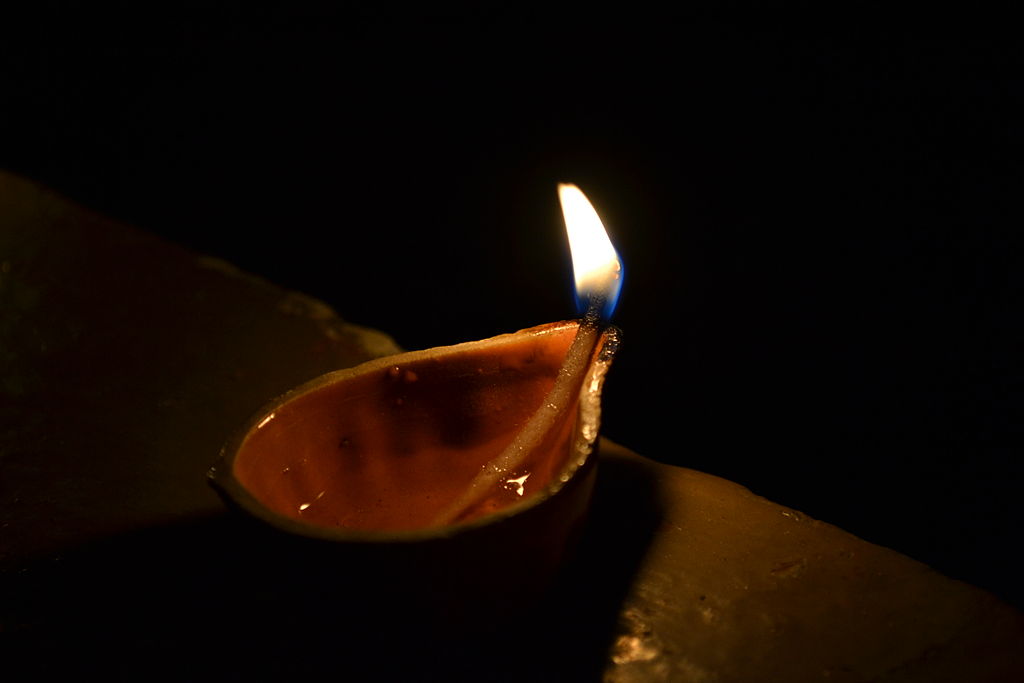
Bharatiya Jana Sangh (abbreviated BJS ) a political arm of Rashtriya Swayamsevak Sangh was an Indian nationalist political party that existed from 1951 to 1977. In 1977, it merged with several other left, centre and right parties opposed to the dictatorial and dynastic rule of the Indian National Congress and formed the Janata Party coalition. After the Janata Party split in 1980, it was succeeded by the Bharatiya Janata Party, which is one of India’s largest political parties today. The BJS was started by Syama Prasad Mookerjee on 21 October 1951 in Delhi in consultation with the Rashtriya Swayamsevak Sangh. The symbol of the party in Indian elections was an oil lamp. In the 1952 general elections to the Parliament of India, Bharatiya Jana Sangh won three seats, Mookerjee being one of the winning candidates. The BJS would often link up on issues and debates with the right-wing Swatantra Party of Chakravarti Rajgopalachari. Its strongest parliamentary performance came in the 1967 elections, when the Congress majority was its thinnest ever. The BJS was ideologically close to the Rashtriya Swayamsevak Sangh, and derived most of its political activist base and candidates from the RSS ranks. The BJS also attracted many economically conservative members of the Indian National Congress who were disenchanted with the more socialist policies and politics of Jawaharlal Nehru and the Congress Party. The BJS’s strongest constituencies were in Rajasthan, Gujarat, Maharashtra, Madhya Pradesh, Chhattisgarh and Uttar Pradesh. The BJS leadership strongly supported a stringent policy against Pakistan and China, and were averse to the USSR and communism. Many BJS leaders also inaugurated the drive to ban cow slaughter nationwide in the early 1960s. In 1975, Indira Gandhi declared a state of Emergency, and threw many major opposition politicians in jail including the leaders of the BJS. In 1977, the Emergency was withdrawn, and elections were held. The BJS, joined forces with the Bharatiya Lok Dal, the Congress (O), and the Socialist Party, to form the Janata Party (People’s Party). The Janata Party became the first Indian government not led by the Indian National Congress. Former BJS leaders Atal Bihari Vajpayee and L. K. Advani became the External Affairs (Foreign), and Information and Broadcasting Ministers respectively.